The Persian Gulf, located in the Southwest Asian region, is an extension of the Gulf of Oman located between Iran (Persia) and the Arabian Peninsula.
The natural environment of the Persian Gulf is very rich with good fishing grounds, extensive coral reefs, and abundant pearl oysters, but its ecology has come increasingly under pressure from the heavy industrialization and in particular, the repeated major petroleum spillages most of which are associated with recent wars fought in the region.
This inland sea of some 233,000 km² is connected to the Gulf of Oman in the east by the Strait of Hormuz; and its western end is marked by the major river delta of Shatt al-Arab (Arvand Rud), which carries the waters of the Euphrates and the Tigris. Its length is 989 kilometers, separating mainly Iran from Saudi Arabia with the shortest divide of about 56 kilometers in the Strait of Hormuz. The waters are overall very shallow and have a maximum depth of 90 meters and an average depth of 50 meters.
Countries with a coastline on the Persian Gulf are Iran, Oman, United Arab Emirates, Saudi Arabia, Qatar on a peninsula off the Saudi coast, Bahrain on an island, Kuwait and Iraq in the northwest. Various small islands lie within the Persian Gulf.
The Persian Gulf and its coastal areas are the world's largest single source of crude oil and related industries dominate the region. The world's largest offshore oilfields are located in the Persian Gulf. Large gas finds have also been made with Qatar and Iran sharing a giant field across the territorial median line. Using this gas, Qatar has built up a substantial liquefied natural gas (LNG) and petrochemical industry.
The oil-rich countries (excluding Iraq) that have a coastline on the Persian Gulf are referred to as the Persian Gulf States.
The highly sensitive and fragile ecosystem is home to a variety of marine life including around 400-450 species of fish and in particular unique coral reefs. Coral reefs have long been considered fragile ecosystems, confined by a relatively narrow range of environmental conditions. Reefs are broadly recognized as being limited to warm, clear, shallow, and fully saline waters.
Even small amounts of pollution blow significant impact on the lives of the marine creatures in the Persian Gulf. The corals in the region live in relatively warm temperatures that average up to about 36°C in summer.
In addition to pollution from the oil tankers that is considered as the major threat to the region’s ecosystem, industrialization, the building of numerous piers and docks as well as the increase in the water salinity resulting from the global warming all pose serious damages to the existence of the marine life in one of the world’s most strategic locations.
Due to the uncontrolled urban development and emergence of the urban and industrial sewages in the sea, the coral reefs around the Iranian island of Qeshm are suffocating silently and gradually; the trend has resulted in the fact that it is very hard to locate any coral reefs in the region, nowadays.
Enjoying one of the world’s unique ecosystems and, sometimes referred to as the cradle of civilization, the Persian Gulf is facing serious dangers resulting mainly from pollution; it is really unfair to remain indifferent to its destruction.
RA
END
MNA

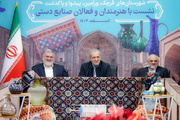

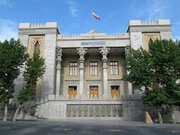


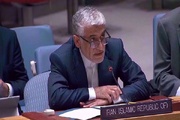
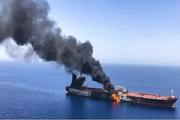
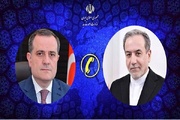

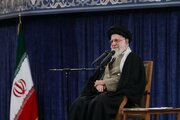
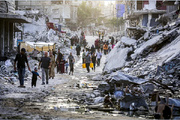

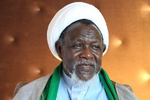
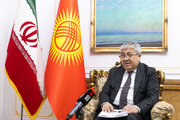
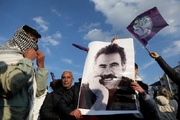
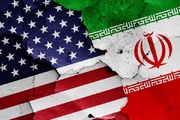
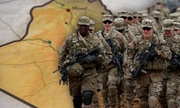

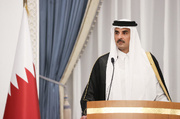
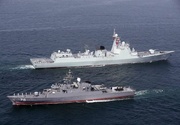


Your Comment